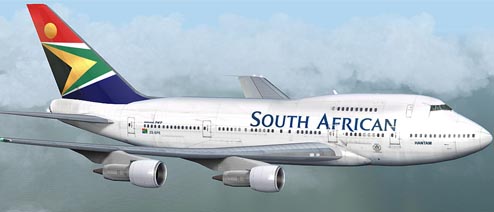Stamp: Cairo (Hungary 1966)
Cairo (Hungary 1966)
17 October (Hungary ) within release Airpost. Plane over Cities served by Hungarian Airways goes into circulation Stamp Cairo face value 1.20 Hungarian forint
| Stamp Cairo in catalogues | |
|---|---|
| Michel: | Mi: HU 2284B |
| Philatelia Hungarica Catalog: | PHu: HU 2329V |
Stamp is vertical format.
Also in the issue Airpost. Plane over Cities served by Hungarian Airways:
- Stamp - Helsinki face value 20;
- Stamp - Beirut face value 1;
- Stamp - Frankfurt face value 1.10;
- Stamp - Cairo face value 1.20;
- Stamp - Copenhagen face value 1.50;
- Stamp - London face value 2;
- Stamp - Moscow face value 2.50;
- Stamp - Paris face value 3;
- Stamp - Prague face value 4;
- Stamp - Rome face value 5;
- Stamp - Athens face value 50;
- Stamp - Beirut face value 1;
- Stamp - Cairo face value 1.20;
- Stamp - Copenhagen face value 1.50;
- Stamp - Frankfurt face value 1.10;
- Stamp - Helsinki face value 20;
- Stamp - London face value 2;
- Stamp - Moscow face value 2.50;
- Stamp - Paris face value 3;
- Stamp - Prague face value 4;
- Stamp - Rome face value 5;
Stamp Cairo it reflects the thematic directions:
An aircraft (pl. aircraft) is a vehicle that is able to fly by gaining support from the air. It counters the force of gravity by using either static lift or the dynamic lift of an airfoil, or, in a few cases, direct downward thrust from its engines. Common examples of aircraft include airplanes, rotorcraft (including helicopters), airships (including blimps), gliders, paramotors, and hot air balloons.Part 1 (Definitions and Abbreviations) of Subchapter A of Chapter I of Title 14 of the U. S. Code of Federal Regulations states that aircraft "means a device that is used or intended to be used for flight in the air."
An airline is a company that provides a regular service of air transportion for passengers or freight (cargo). Airlines use aircraft to supply these services. Many passenger airlines also carry cargo in the belly of their aircraft, while dedicated cargo airlines focus solely on freight transport. Generally, airline companies are recognized with an air operating certificate or license issued by a governmental aviation body. Airlines may be scheduled or charter operators.
Aviation is the practical aspect or art of aeronautics, being the design, development, production, operation and use of aircraft, especially heavier than air aircraft. The word aviation was coined by French writer and former naval officer Gabriel La Landelle in 1863, from the verb avier (synonymous flying), itself derived from the Latin word avis ("bird") and the suffix -ation.
Mosquitoes, the Culicidae, are a family of small flies consisting of 3,600 species. The word mosquito (formed by mosca and diminutive -ito) is Spanish and Portuguese for little fly. Mosquitoes have a slender segmented body, one pair of wings, three pairs of long hair-like legs, and specialized, highly elongated, piercing-sucking mouthparts. All mosquitoes drink nectar from flowers; females of some species have in addition adapted to drink blood. The group diversified during the Cretaceous period. Evolutionary biologists view mosquitoes as micropredators, small animals that parasitise larger ones by drinking their blood without immediately killing them. Medical parasitologists view mosquitoes instead as vectors of disease, carrying protozoan parasites or bacterial or viral pathogens from one host to another.



